We spent one night in Sibiu to explore the city. Sibiu is a medium-sized city, but the sights are concentrated in the old town area and can be explored on foot in a few hours.
The following is a summary of the sights and attractions we found during our city walk in Sibiu.
- About Sibiu
- The Big Square
- Council Tower (Turnul Sfatului)
- Sibiu City Hall
- Bridge of Lies
- Saint Mary’s Lutheran Cathedral
- Holy Trinity Orthodox Cathedral
- Saint Ursula Roman Catholic Church
- Potters Tower
- Turnul Dulgherilor (Carpenter’s Tower)
- Sibiu Great Synagogue (Sinagoga Mare)
- Haller Bastion
- Sibiu Steam Engines Museum
- Accomodation in Sibiu
About Sibiu
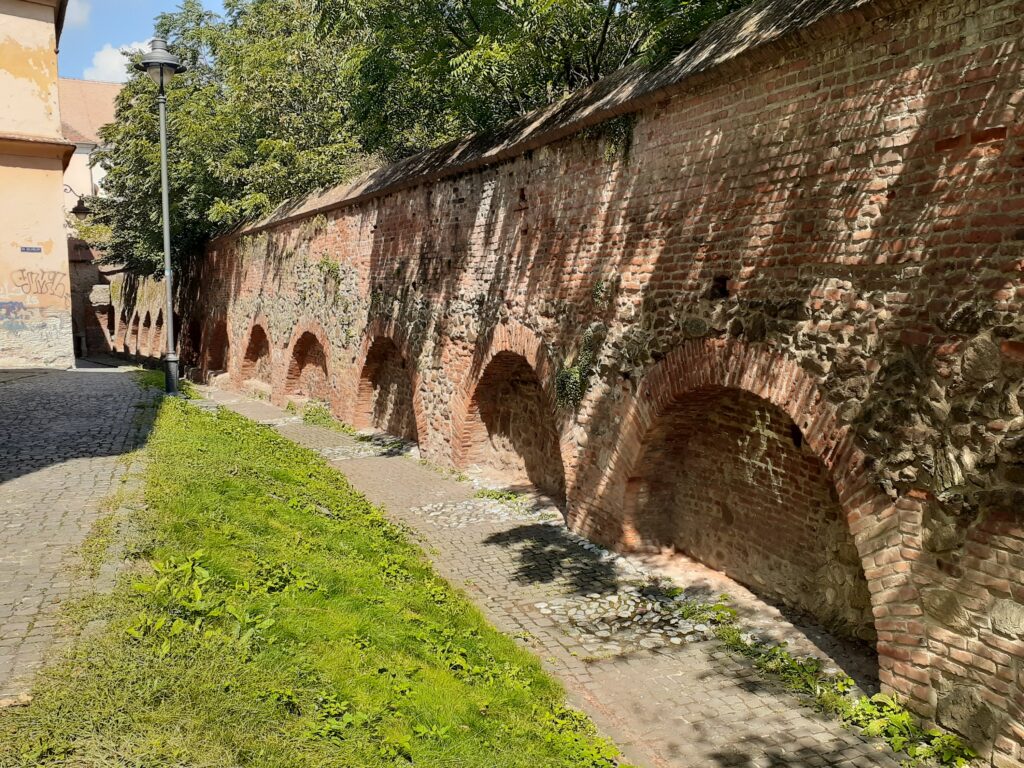
Sibiu is a city in southern Transylvania with a population of about 130,000 (2021) and is the capital of Sibiu County.
Sibiu was founded by Germans near the Roman town, Caedonia, and developed in the 12th century, and in the 14th century it became one of the most important commercial cities in Transylvania, where 19 guilds are known to have existed.
In the Middle Ages Sibiu seems to have been a very German city, but when Sibiu became part of the Kingdom of Romania after the First World War, most of its citizens were Romanian, and many of the remaining Germans emigrated to Germany after the Second World War.
The Big Square
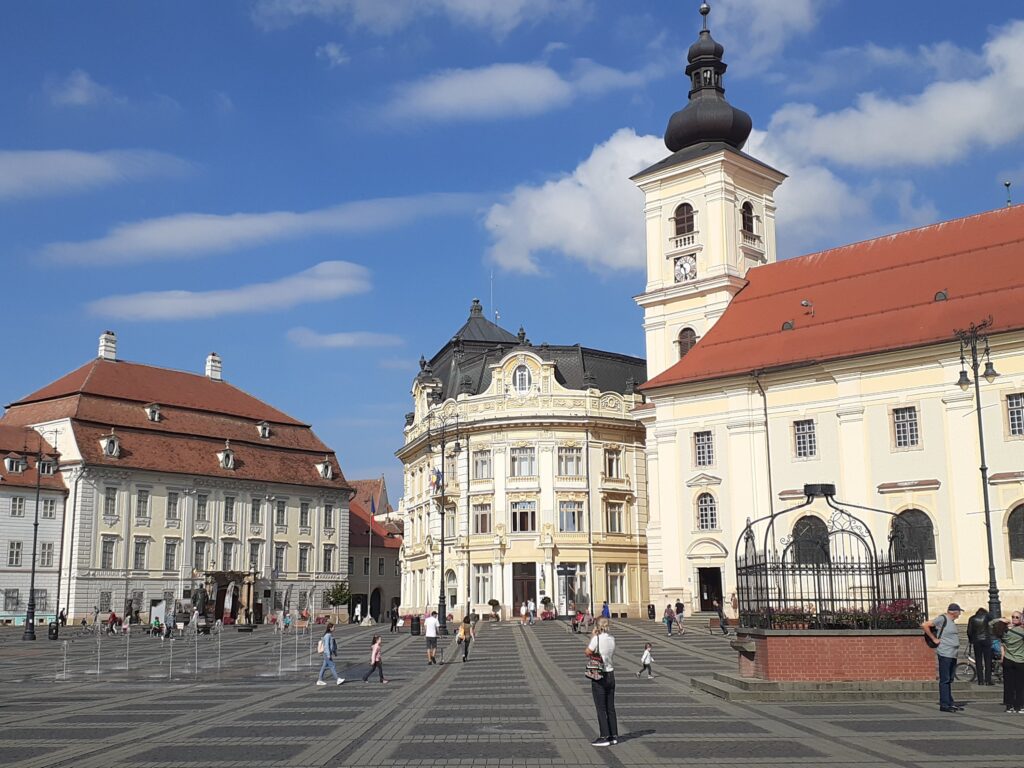
Sibiu has a couple of squares, and this is the largest. It was once used as a grain market, but from the 16th century onwards it became the centre of the city and was used for meetings, executions and other events. Beautiful historical buildings surround this square.
Council Tower (Turnul Sfatului)
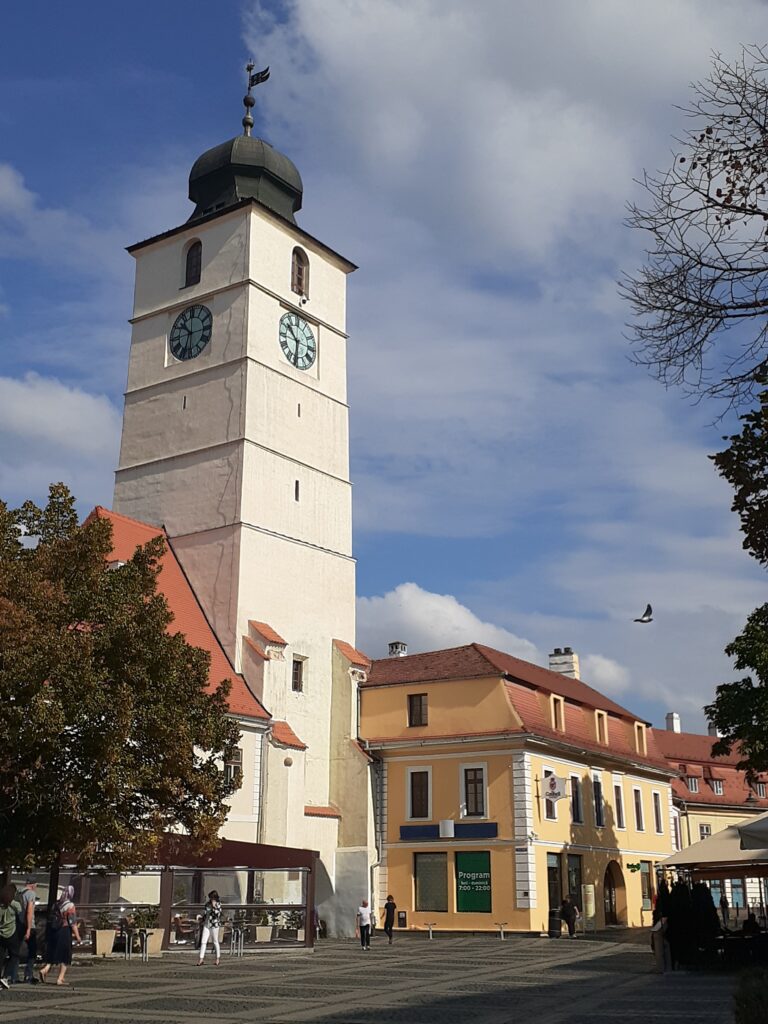
Facing the main square, the Council Tower stands out with its white walls and clock. Opposite the tower is a small square. The tower seen today was rebuilt in the 19th century.
Sibiu City Hall
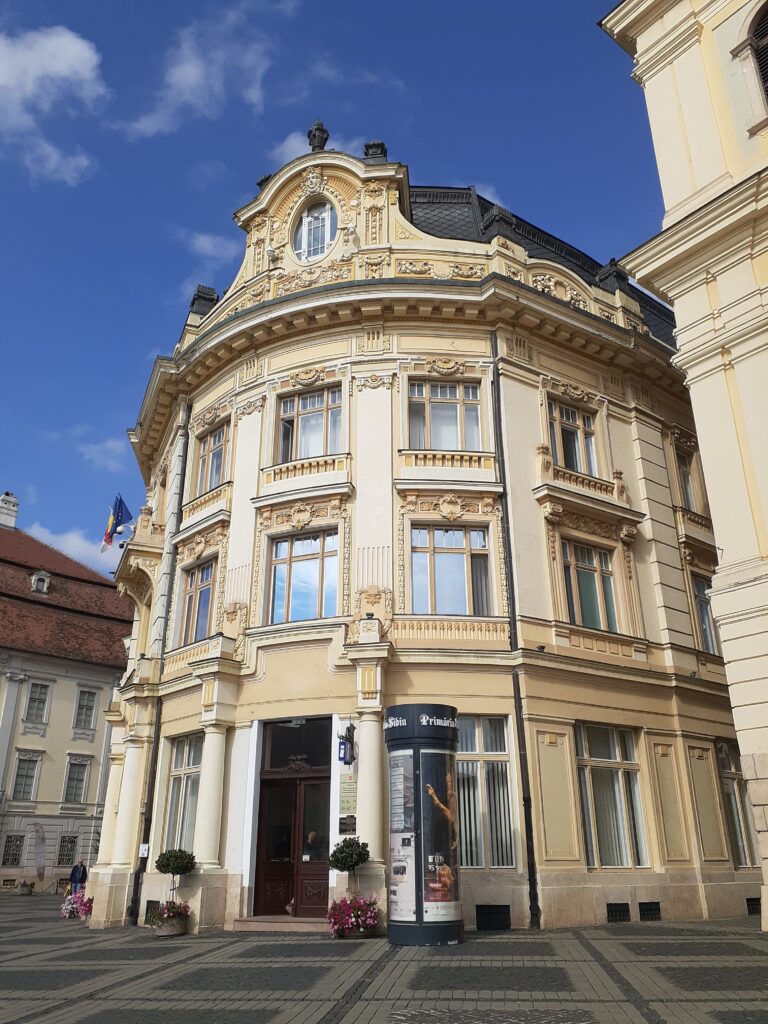
Sibiu City Hall is a prominent building on the main square. It has an impressive curved façade reminiscent of Art Nouveau. The Tourist Information Centre is on the ground floor. Visitors can not only get advice from friendly staff, but also admire the spacious Art Nouveau interior.
Bridge of Lies
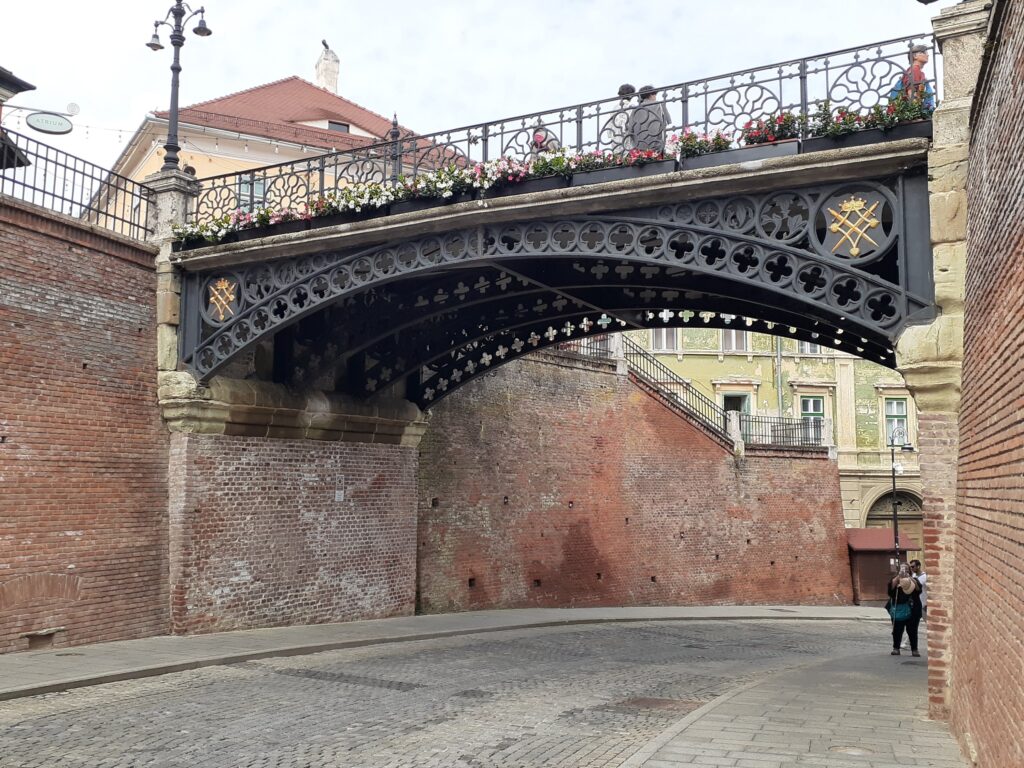
This pedestrian bridge on the main square was the first cast-iron bridge built in Romania. The bridge, which is now decorated with flowers, owes its name to a legend that if someone tells a lie on the bridge, it will collapse. Alternatively, an anecdote remains that a merchant who tried to deceive his customers with a lie was thrown off this bridge.
Saint Mary’s Lutheran Cathedral
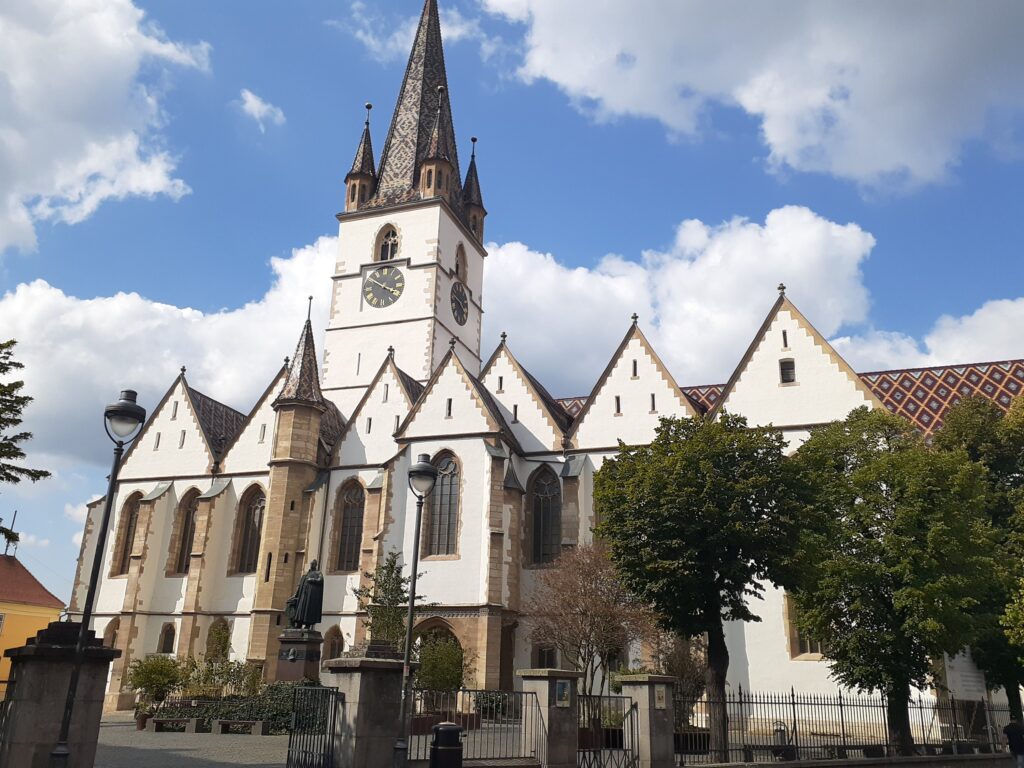
This Gothic church stands near the main square. The impressive spire is over 73 m high and is a city landmark. The design of the roof, including the spire, is pretty and eye-catching. It is a large church, so depending on its angle, but it is easier to take beautiful photographs in the afternoon.
Holy Trinity Orthodox Cathedral
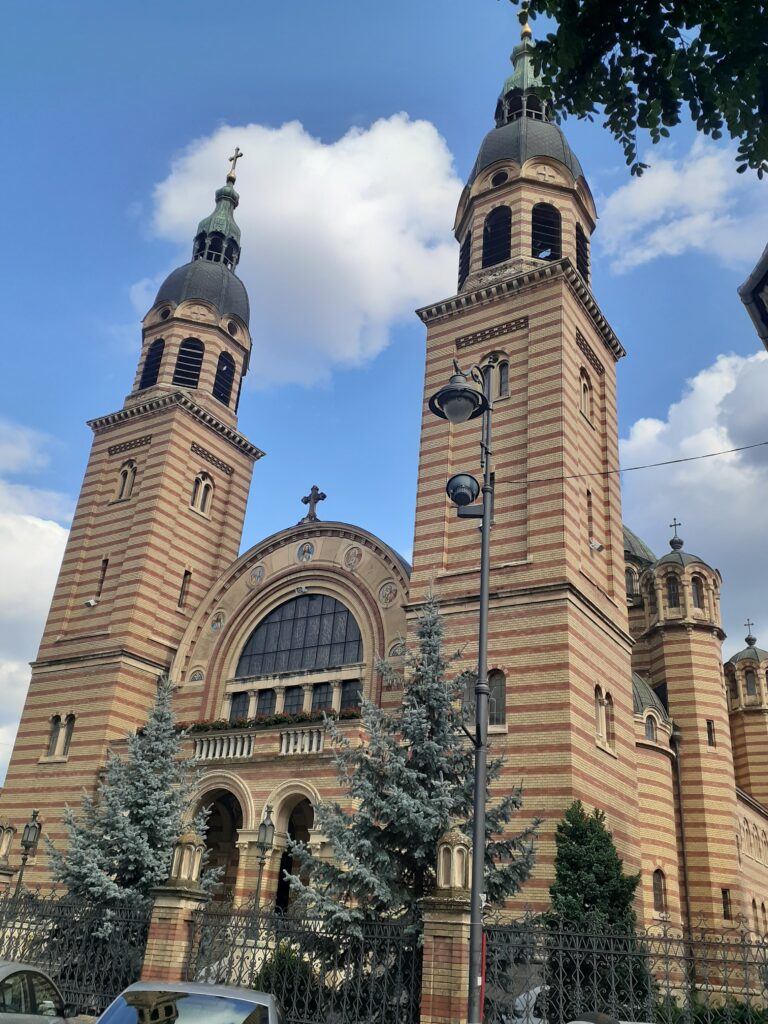
This Romanian Orthodox cathedral was completed in 1904, the beautiful red and yellow brick church has large towers on either side of the facade. The top of the tower has an octagonal lantern-like section and a large dome roof can be seen in the central part of the church.
Saint Ursula Roman Catholic Church

This Roman Catholic church in the centre of Sibiu was built in the 15th century. It was originally built in the Gothic style, but was rebuilt in the Baroque style in the 18th century.
The façade faces west, so it is best to take photos in the afternoon.
Potters Tower
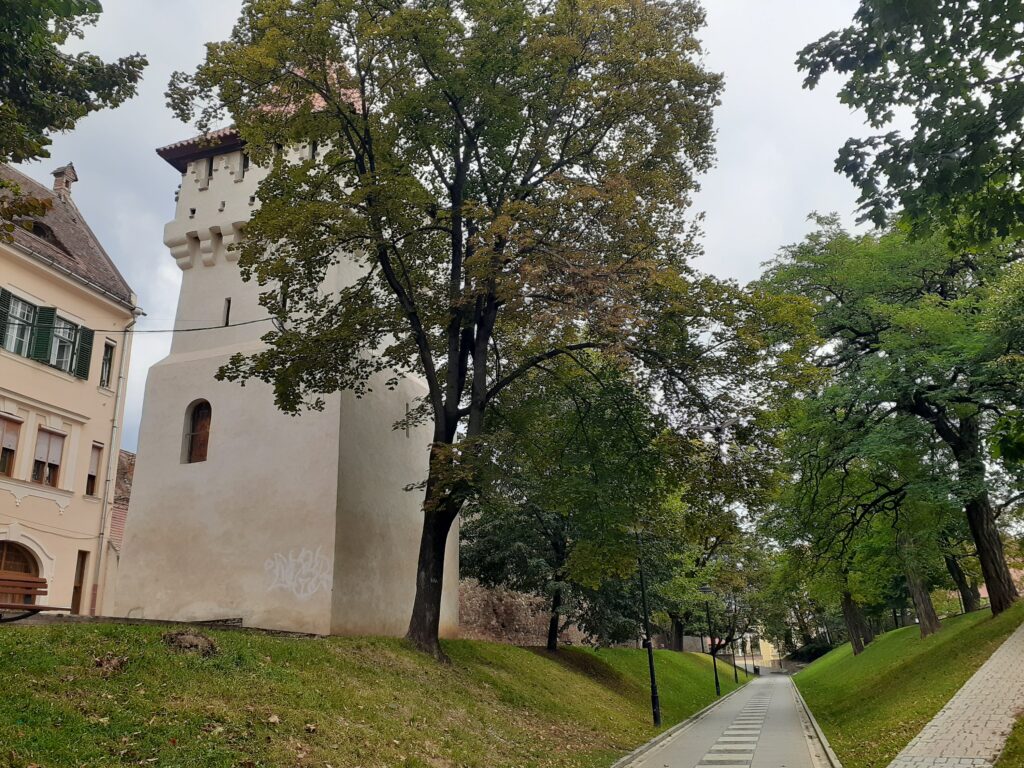
This tower was built in stone in the 15th century. There is a promenade in the vicinity, where you can walk around and admire the historic buildings.
Turnul Dulgherilor (Carpenter’s Tower)
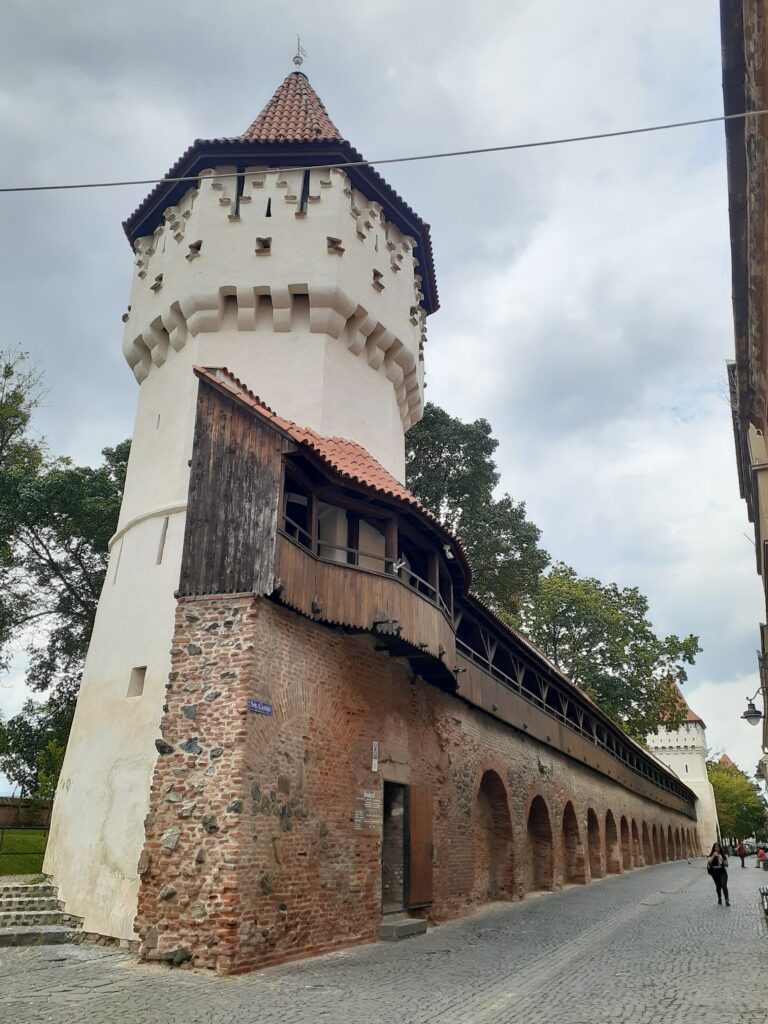
Built in the 14th century by the Saxon Carpenters’ Guild in Sibiu. It is made of stone and brick. Together with the interconnected fortification walls, it is a photogenic tower. Two lei are required to enter the fortress interior.
Sibiu Great Synagogue (Sinagoga Mare)
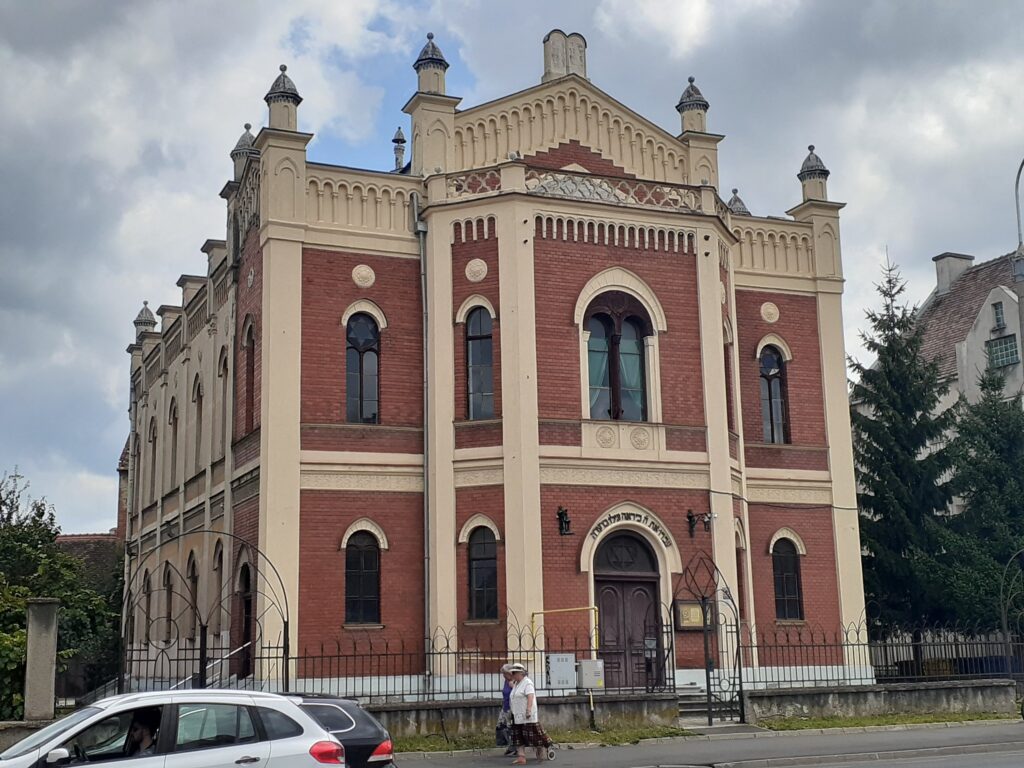
This is a Jewish place of worship built in 1899. The area is said to have been inhabited by Jews since Roman times, although officially Jews were forbidden to live in Sibiu until the 19th century.
The Great Synagogue of Sibiu is built of red brick in an eclectic style. It is decorated with plant motifs and the Star of David.
Haller Bastion
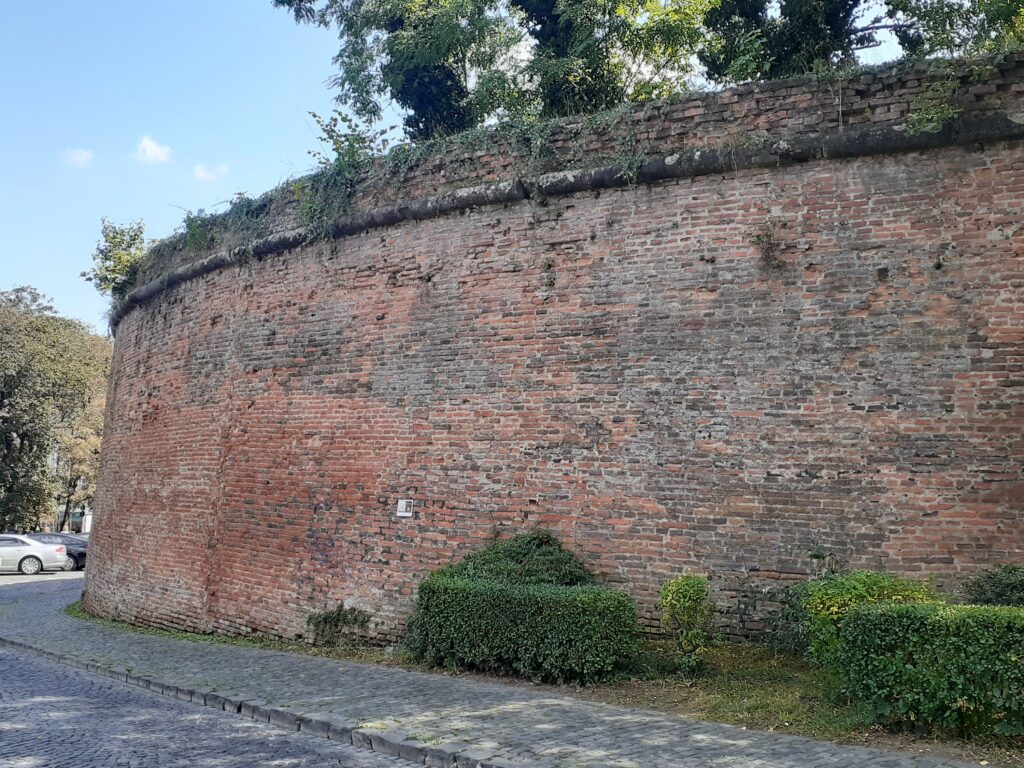
This fortress was built in the late 16th century and restored in 2006. The brick and earth ramparts were 223 m long and up to 9 m high.
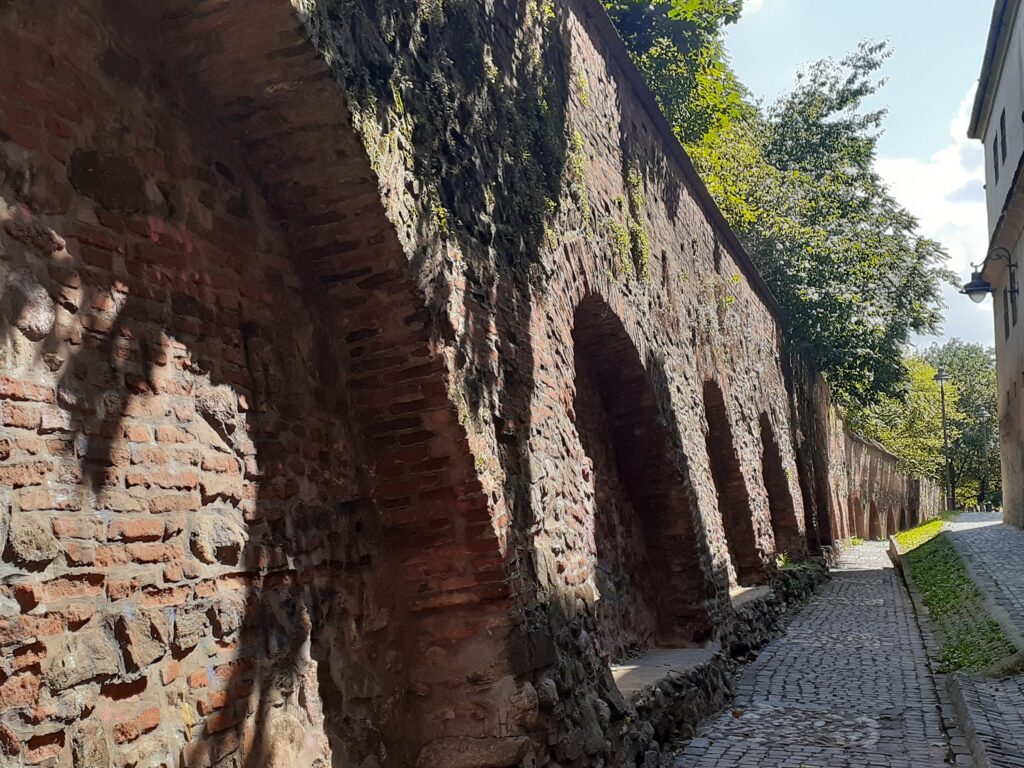
Sibiu Steam Engines Museum
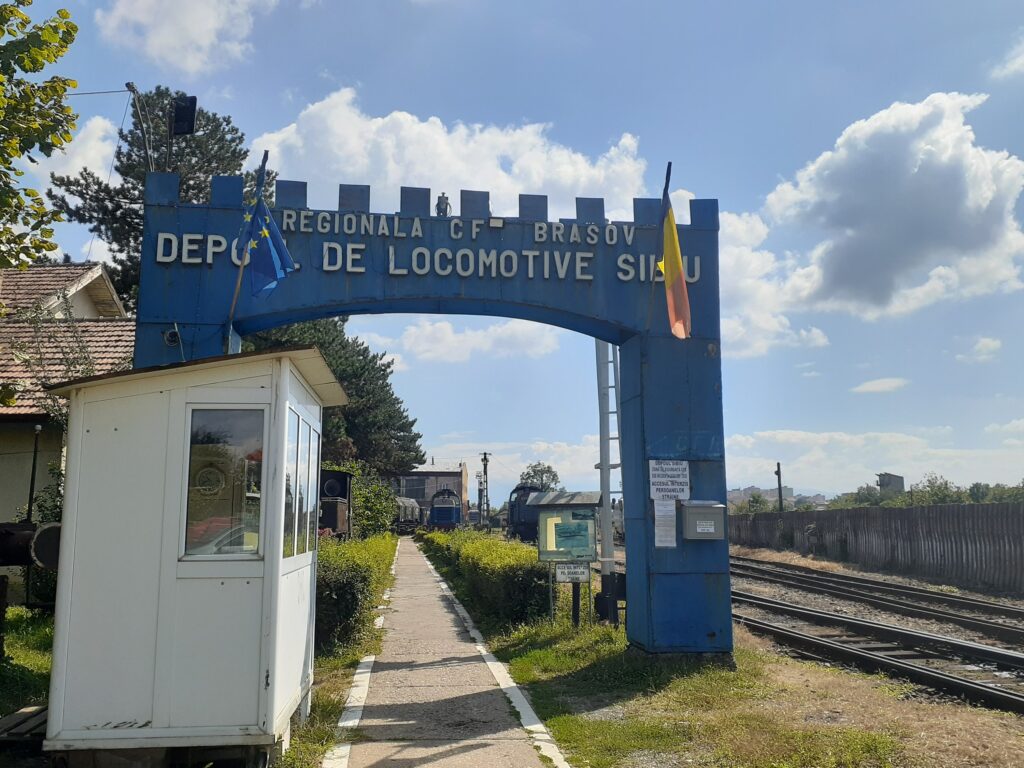
This open-air museum was opened in 1994 and exhibits steam locomotives. Located diagonally opposite Sibiu railway station, the museum is free to enter and contains steam locomotives built between 1885 and 1959.
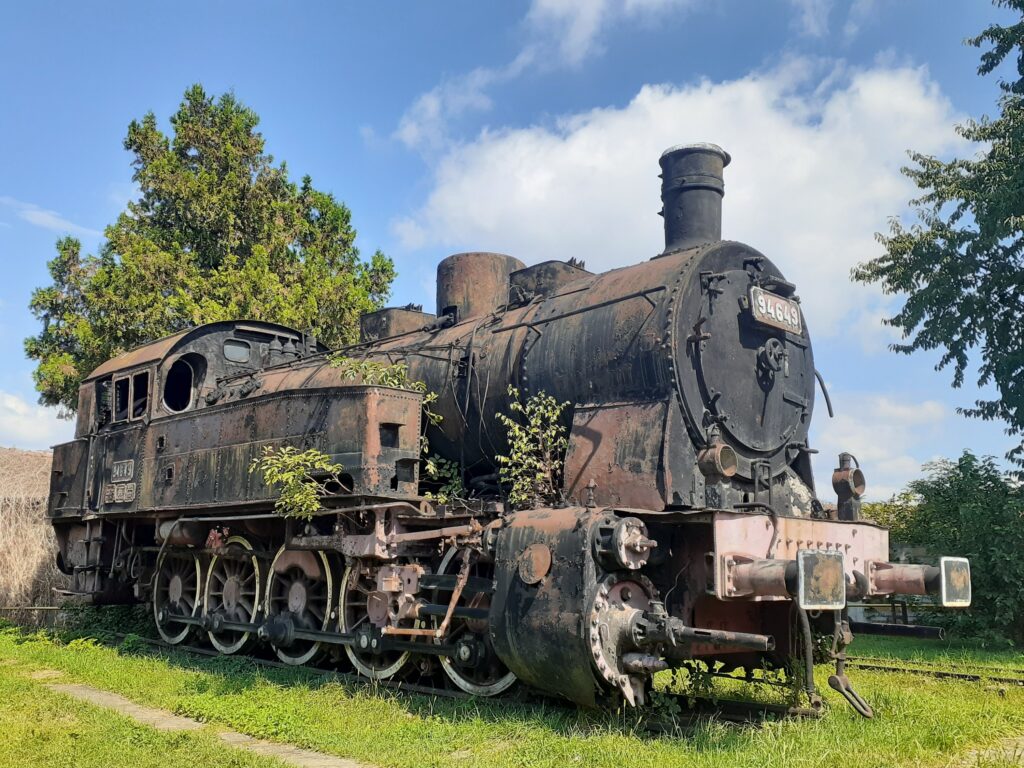
Some of the rolling stock is quite rusty and the plants have grown over them, but that’s what makes it so appealing to those who love ruins. For us, it was one of the highlights of our visit to Sibiu.
Accomodation in Sibiu
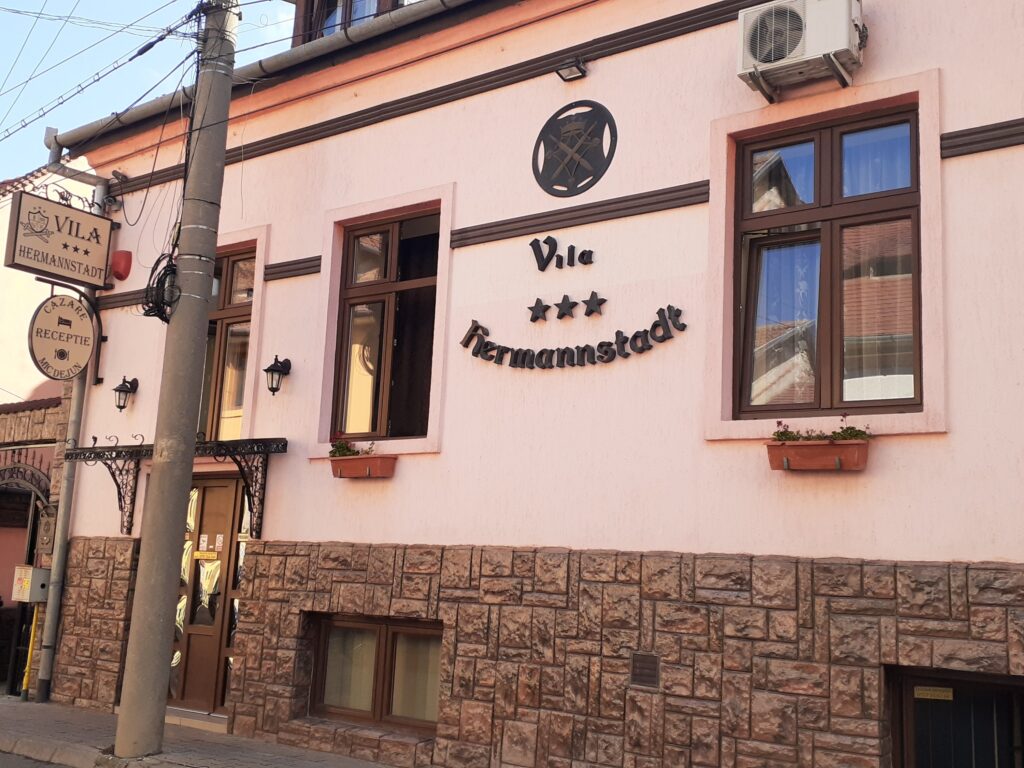
In Sibiu we stayed at the Pensiunea Hermannstadt guesthouse near the railway station. At 220 lei per room per night, it is not really reasonable, but we decided to stay here because of the location.
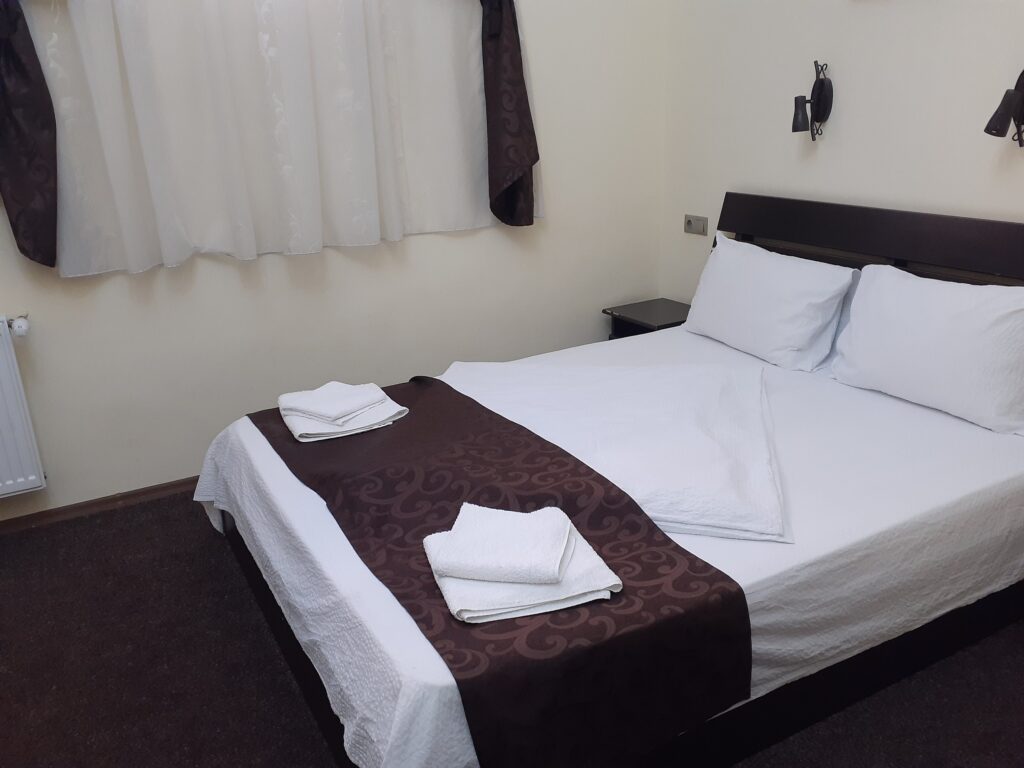
We liked the quietness of the semi-basement rooms, but they were damp and musty. We would probably not have stayed here without the advantage of the location near the railway station.
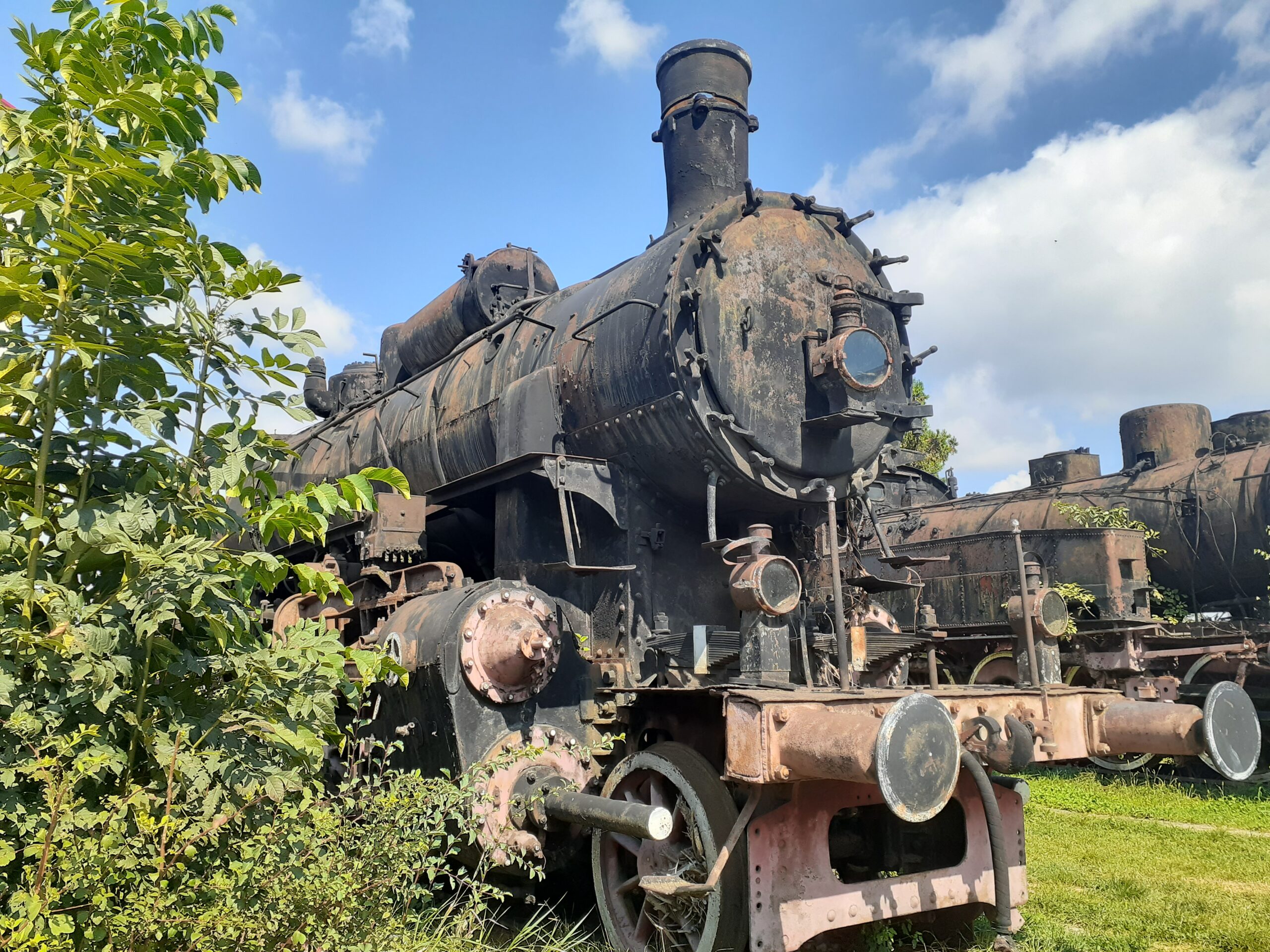


Comment